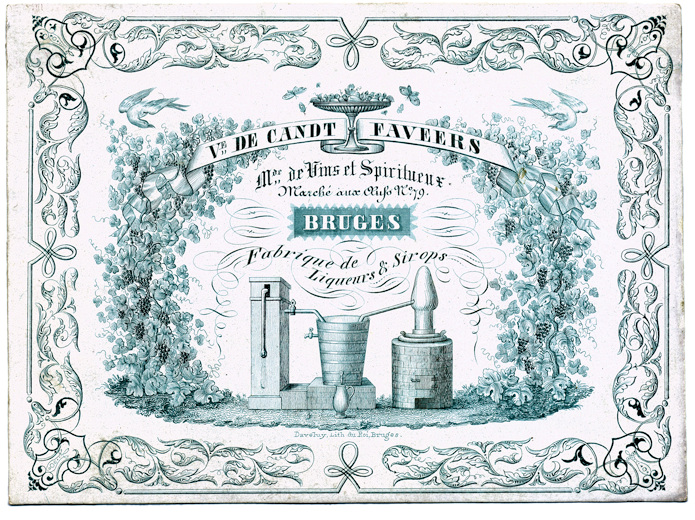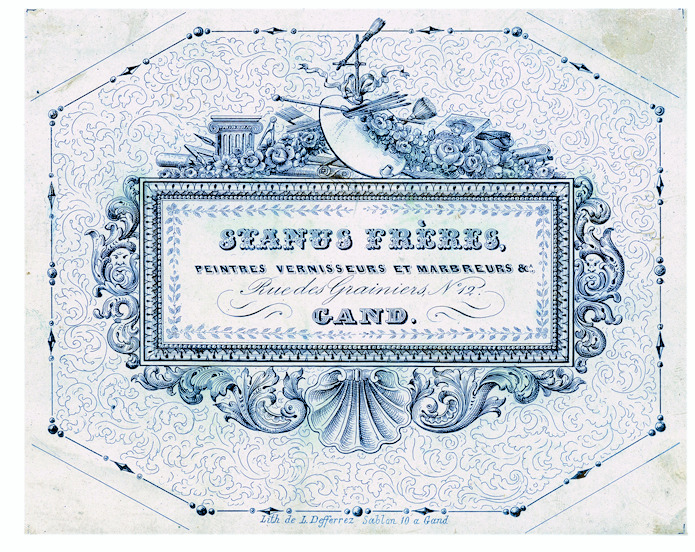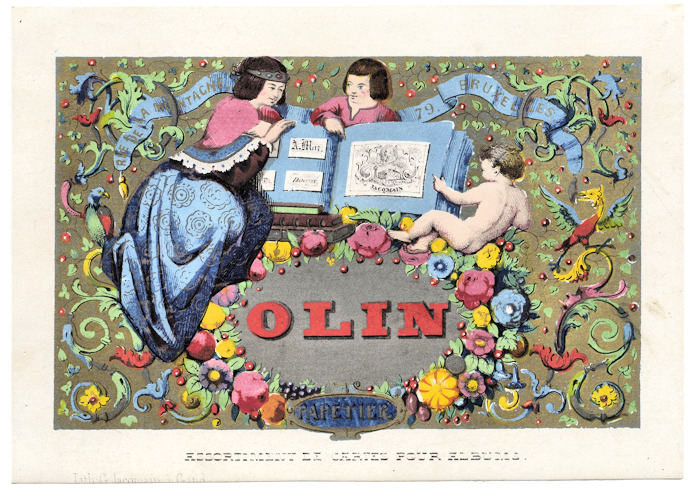 |
|
| News About Us Membership Events Links |

The Porcelain Trade CardPorcelain trade cards represent a fascinating intersection of art, commerce, and culture during the 19th century. They showcased intricate designs, often breathtakingly beautiful, featuring elaborate borders, swirling fonts, and artful depictions of the products being advertised. Also known as "cartes porcelaine" and typically produced in Belgium between the 1840s and 1860s, these cards were coated with white lead for a porcelain-like sheen giving them a smooth surface perfect for lithography. Iridescent colours were achieved by the sprinkling of metallic powders whilst the printing ink was still wet.
::
::
|
|
|
Home | News | About Us | Membership | Events | Links | Contact | Item of the month | Articles |
| Copyright © The Ephemera Society 2025. All Rights Reserved. |

